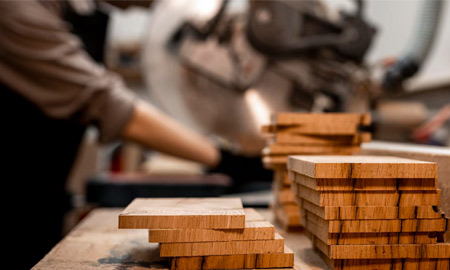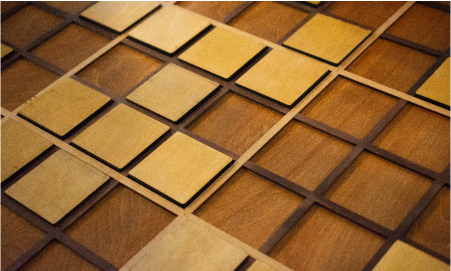
Wood or Plywood, Which is More Sustainable?
regarding which is the more eco-friendly option. While both materials have their merits, plywood emerges as a clear winner when considering sustainability factors. Let's delve into why plywood stands out as a sustainable choice for the future.
Resource Efficiency
Plywood is inherently more resource-efficient compared to solid wood. It is manufactured using thin layers of wood veneers sourced from fast-growing and sustainably managed forests. These veneers are carefully bonded together with adhesives, minimizing waste and maximizing the utilization of wood resources. In contrast, solid wood often requires larger trees to be harvested, leading to more significant environmental impact and depletion of natural resources.
Reduced Waste
One of the significant advantages of plywood is its ability to minimize waste throughout the manufacturing process. Unlike solid wood, where large sections of timber are cut and shaped, plywood production involves slicing logs into thin veneers, which are then layered and glued together. This process results in minimal waste, as smaller and lower-grade logs can be utilized effectively, reducing the amount of wood that goes unused or discarded.
Sustainable Forestry Practices
Plywood manufacturers are increasingly committed to sourcing wood from responsibly managed forests certified by credible organizations such as the Forest Stewardship Council (FSC) or the Programme for the Endorsement of Forest Certification (PEFC). These certifications ensure that forests are managed sustainably, with measures in place to protect biodiversity, prevent deforestation, and promote regeneration. By supporting plywood products certified by these organizations, consumers contribute to the preservation of forests and the conservation of natural habitats.
Durability and Longevity
Another aspect of plywood's sustainability lies in its durability and longevity. Plywood is engineered to be strong, stable, and resistant to warping, cracking, and decay. As a result, plywood products have a longer lifespan compared to some solid wood alternatives. This longevity means that plywood items, such as furniture, flooring, and structural components, require fewer replacements over time, reducing the overall demand for wood resources and minimizing waste generation.
Energy Efficiency
Plywood manufacturing processes have become increasingly energy-efficient over time, with advancements in technology and production methods. Modern plywood mills utilize energy-efficient equipment and practices to minimize energy consumption and greenhouse gas emissions. Additionally, the lightweight nature of plywood compared to solid wood contributes to lower transportation costs and fuel consumption during shipping, further reducing the environmental footprint associated with plywood products.
Recycling and Reusability
Plywood is highly recyclable and can be repurposed or recycled at the end of its life cycle. Old plywood products can be reclaimed and used to manufacture new plywood or other wood-based materials, reducing the need for virgin wood and diverting waste from landfills. Additionally, plywood's versatility allows it to be easily disassembled and reused in various applications, further extending its lifespan and reducing environmental impact.
In conclusion, plywood emerges as a sustainable choice for various applications due to its resource efficiency, reduced waste, support for sustainable forestry practices, durability, energy efficiency, and recyclability. By opting for plywood products certified by reputable organizations and choosing suppliers committed to environmental stewardship, consumers can contribute to a more sustainable future while enjoying the benefits of this versatile and eco-friendly material.



